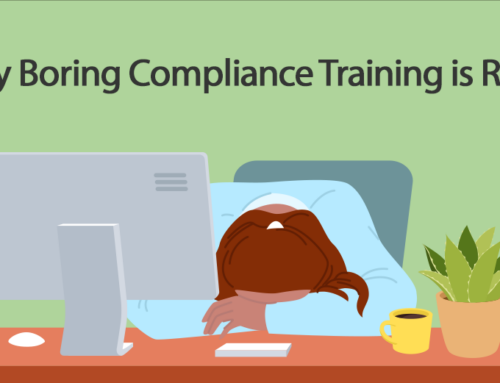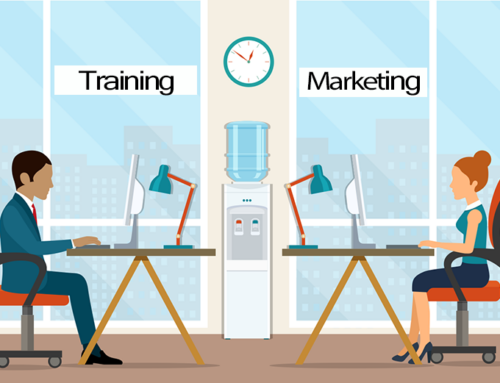There is a common phrase thrown out in business that says, “The medium is the message.” The phrase is meant to emphasize how a message meaning can change depending on the means by which it is conveyed.
The same is true when it comes to video composition. The composition you choose to use may either compliment your message, or may be detrimental by producing conflicting messages which confuse your audience.
The following is a guide with tips that will ensure you are conveying the message that will capture and retain your audience through the proper use of video composition.
Full

Begin your video using a full shot composition. This is the most comfortable viewing angle for viewers, but more importantly, it establishes your setting, context, and gives your audience an idea of where and when this video is taking place.
3/4

Use 3/4 shot to bring your Subject-Matter-Expert (SME) closer to the audience. This shot is also known as, “The Cowboy.” It is the composition commonly used to depict a hero in old western movies – the shot is a frame of the SME’s body cut off at the knees. This technique was used to allow a visual of the cowboy’s gun and holster while, at the same time, cutting out unneeded background.
1/2

A 1/2 shot is a more intimate viewing experience but is still comfortable for most audiences to view. This shot is perfect to add variety to your video, and ensures that your audience remains engaged. With this composition, you have the ability to add text, graphics, products, and hand gestures to help convey your message with ease.
1/3

A 1/3 shot is a great way to close or drive home the key take-aways from your video training. The 1/3 shot demands attention and brings your SME to the center of the shot. This shot will create an intimate and commanding presence to ensure you, as a trainer, have made your point clear.
Variety
Too often training videos become a dreaded talking-head video that lasts 60 minutes. However, the workforce is changing and so should your training videos. Create variety and visually stimulating training videos by shooting your video in an array of shot compositions.
Finally, the training material may determine the shot composition you end up using. Be sure, however, that your training is visually stimulating, succinct, and powerful. Proper shot composition is a great tool to impact your employees with meaningful and engaging training videos.
Have some tips of your own? List your video tips in the comments below!





